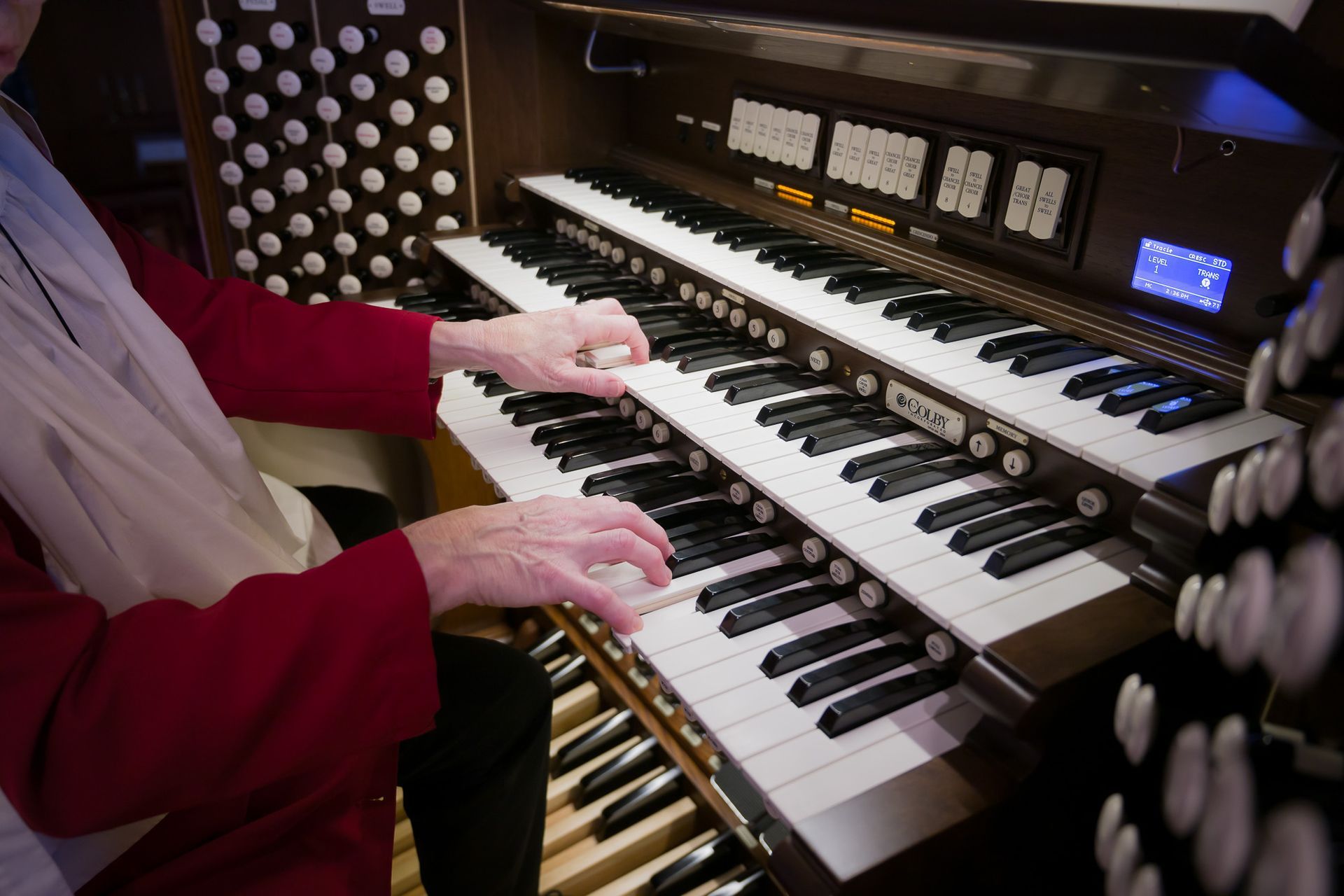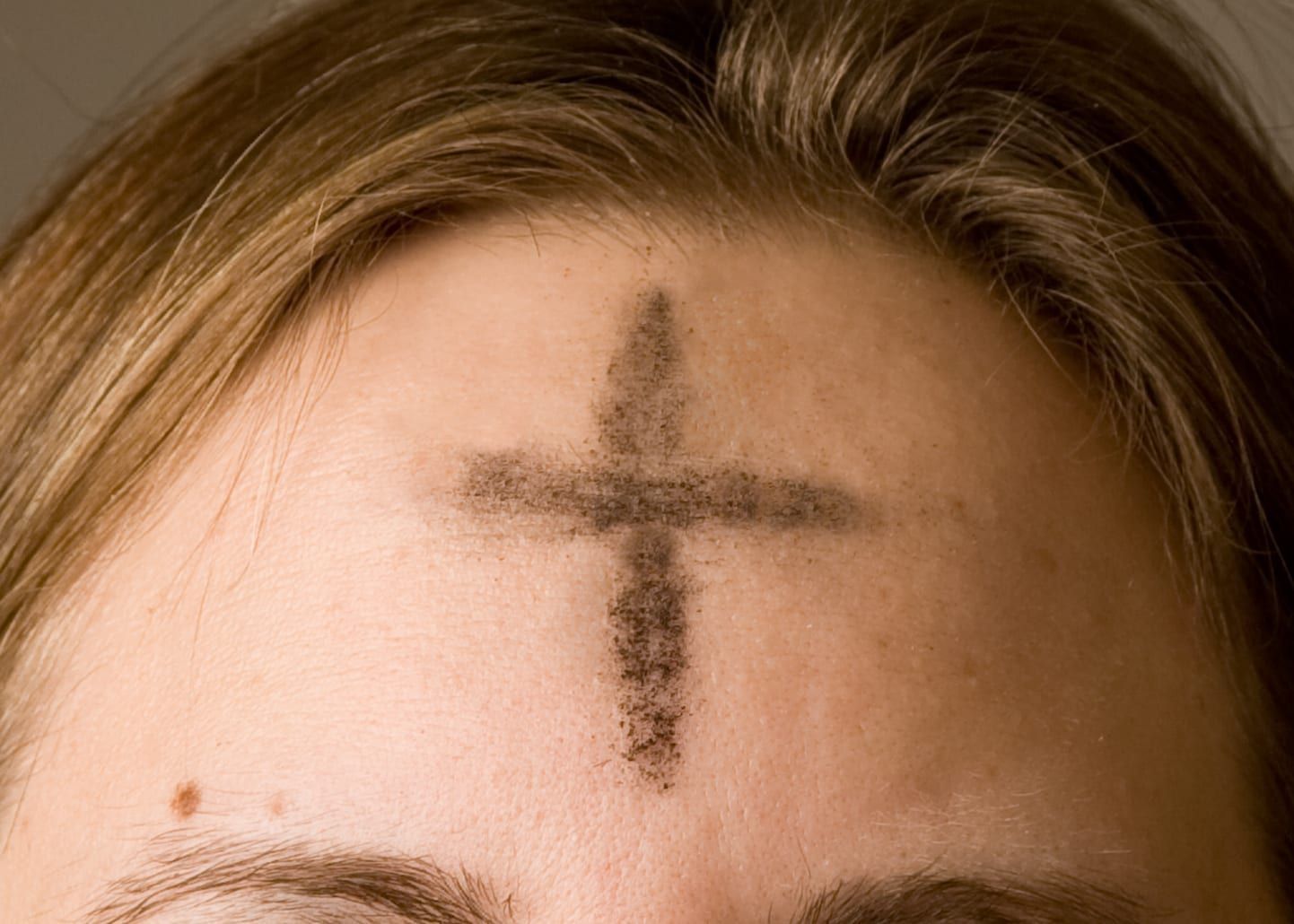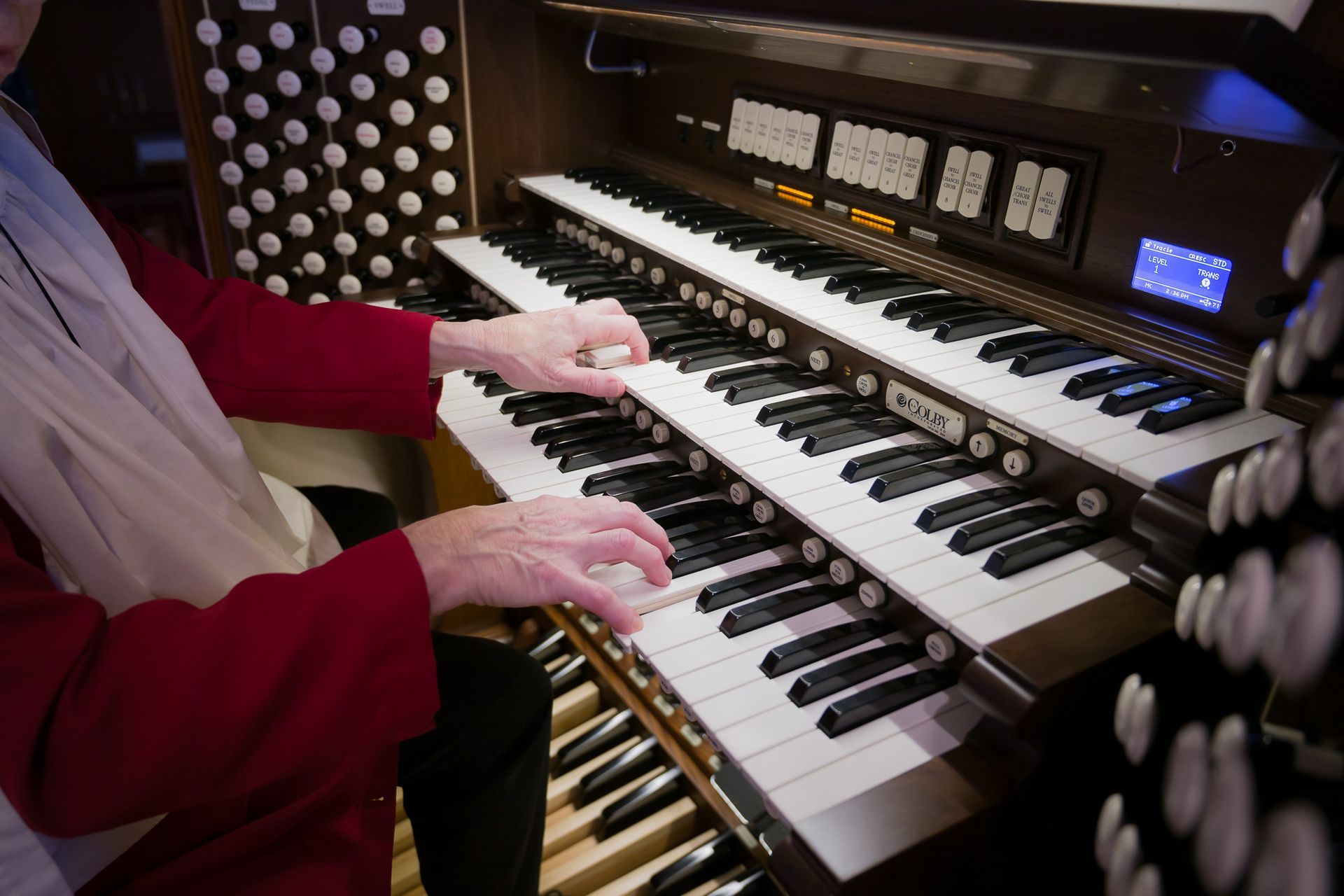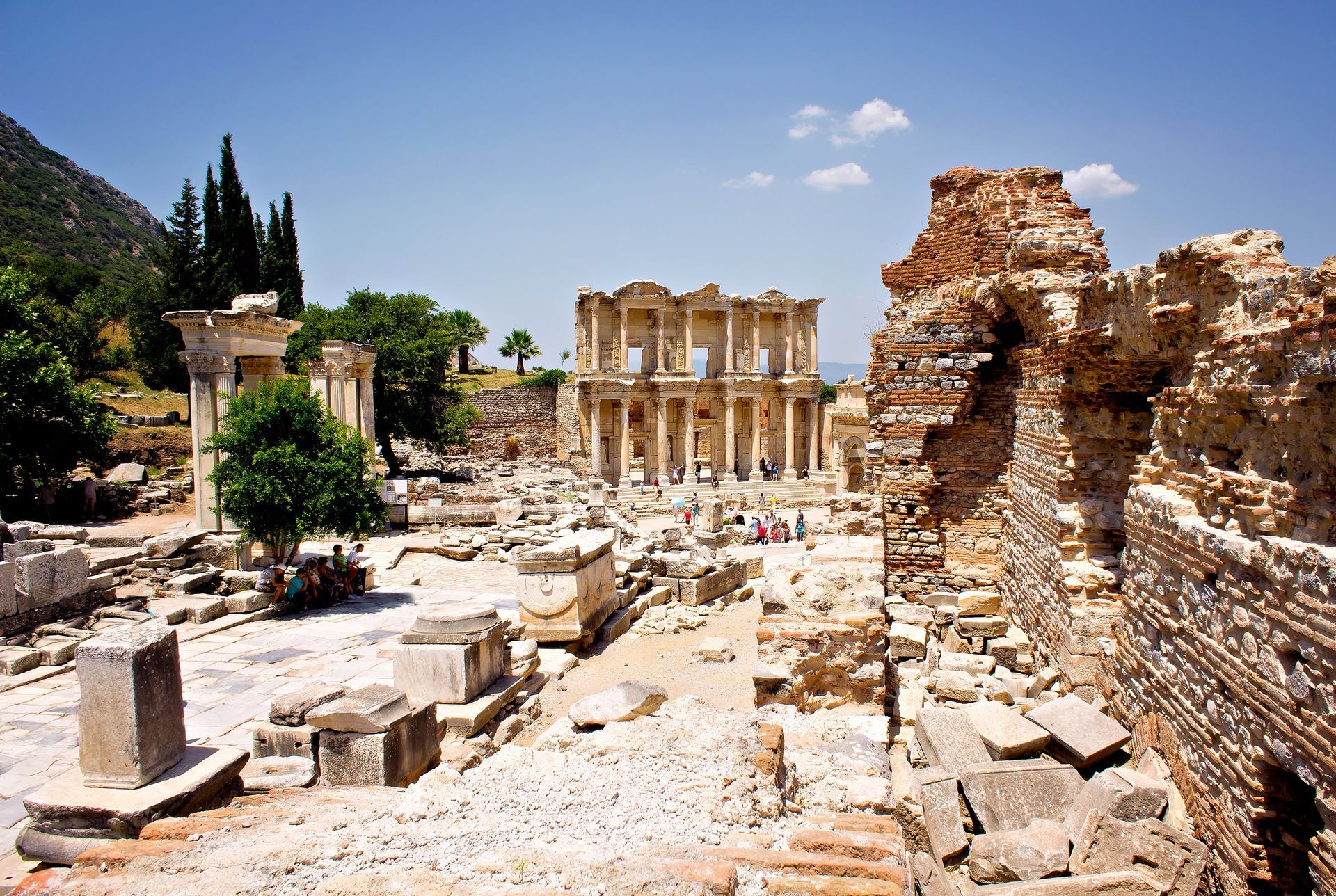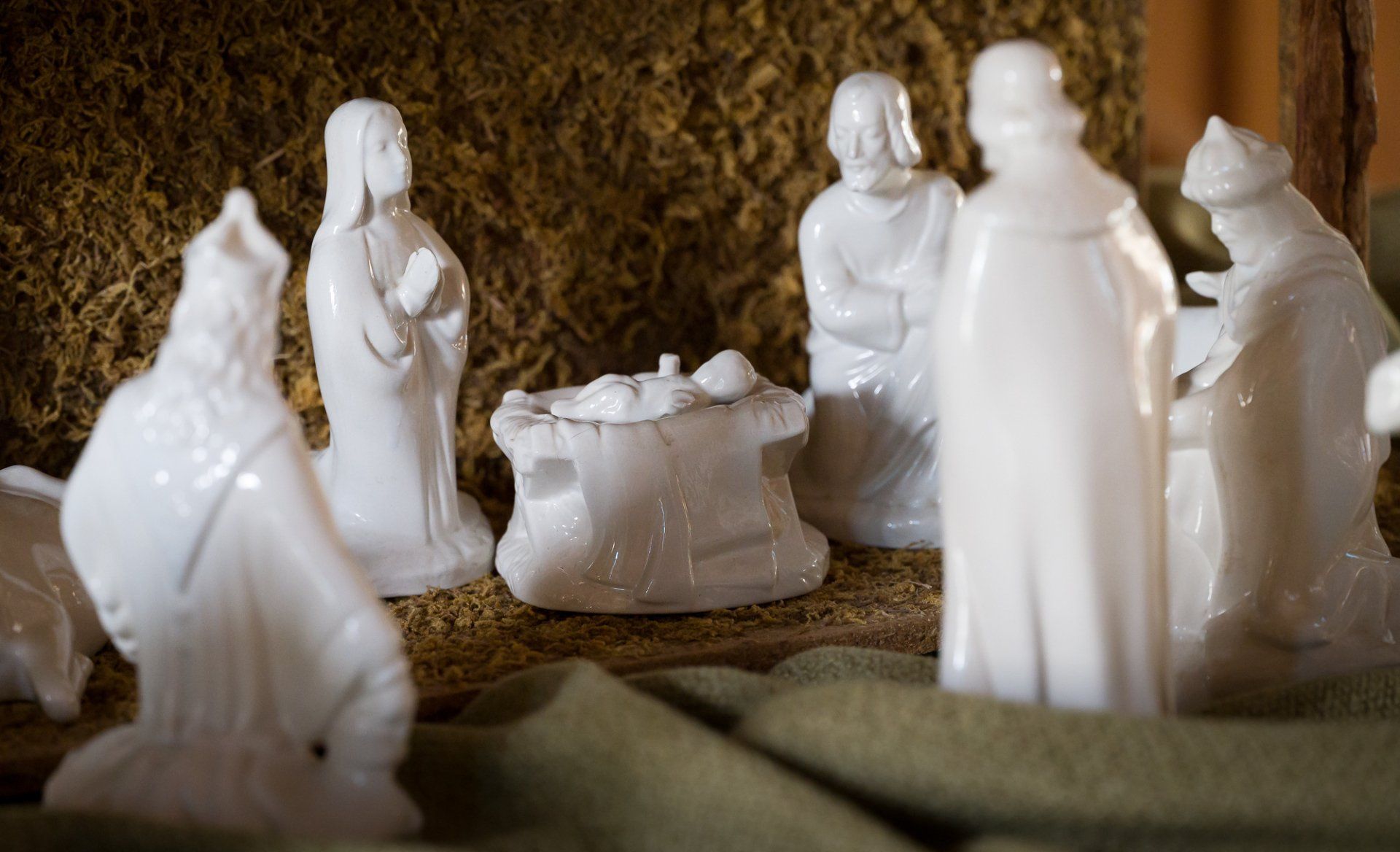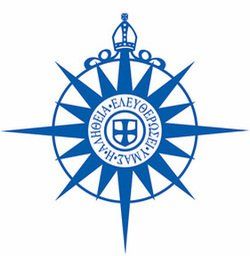The Episcopal Church
Why do we have King Cakes?

The story of these glazed and frosted pastries dates back to the Medieval Times, when French, Belgian, and Spanish cultures commemorated the 12th day of Christmas with gifts and sweets. Biblically, the kings during this time would have been visiting the newborn baby Jesus, bringing gifts and sweets of their own. That's where the "king" in king cake comes from. Today, the cakes are fried and doughy, glazed and frosted, typically in the Mardi Gras colors. They're usually circular and braided, to resemble a King's crown. Most cakes are baked with a tiny baby figurine on the inside, and whomever finds the toy, as tradition holds, must host the next big party.
Text from: Town and Country Magazine Jan 2022


